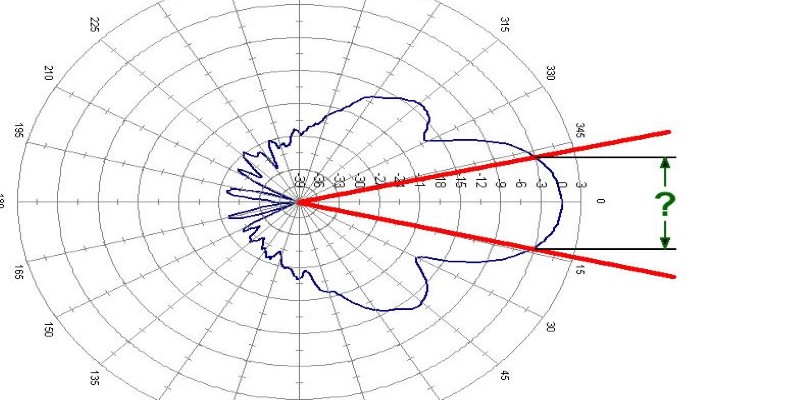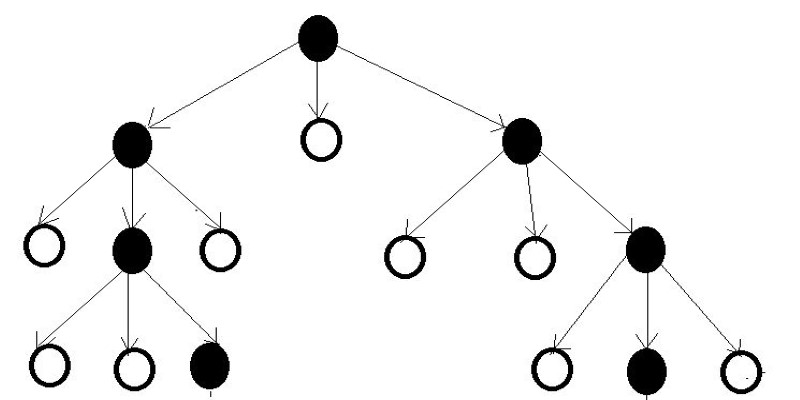Machine learning has evolved rapidly, bringing forward many complex yet exciting techniques. One of these notable methods, beam search, often remains overshadowed by flashier terms like neural networks or deep learning. However, the impact beam search has in modern machine learning is noteworthy and deserves more spotlight.
In essence, beam search plays a crucial part in optimizing model predictions and finding the best possible outputs among countless options. Let's take a closer look at how beam search works, why it's critical, and where it fits into today's machine-learning landscape.
Understanding Beam Search
Beam search is essentially an optimized form of the simpler search algorithm known as greedy search. At its core, greedy search simply picks the most probable outcome at each step. While this approach is straightforward and efficient, it doesn't always yield the best overall result because it only focuses on immediate gains without considering future possibilities.
That's where beam search steps in. Instead of focusing on a single candidate at each step, beam search evaluates several paths simultaneously. It selects a set number of best potential solutions—the "beam width"—and then explores those solutions further. In other words, beam search isn't limited by a singular, immediate decision. Instead, it maintains several promising paths open, enabling more careful consideration before deciding on the most optimal outcome.
Consider a practical example from language generation models. When an AI generates a sentence or a piece of text, it's faced with thousands of potential next words at each step. Beam search narrows these down by maintaining a beam width of candidates, thus significantly improving the model's generated sentences. By consistently evaluating multiple promising options simultaneously, beam search improves accuracy and quality, ensuring that the AI model makes a more informed and contextually accurate decision at every step.
The Importance of Beam Width
The effectiveness of beam search hinges greatly on the choice of beam width. Essentially, beam width determines how many promising options the algorithm explores at every step. This decision profoundly impacts the overall performance, both in accuracy and computational efficiency.

Selecting a very narrow beam width means exploring fewer possibilities, closely resembling a greedy search. This approach is computationally quicker but may miss better solutions hidden further down unexplored paths. On the other hand, choosing a broader beam width involves evaluating numerous possibilities. This extensive exploration ensures high-quality results but at the cost of increased computational resources and time.
Finding the sweet spot of beam width is crucial. Modern machine learning practices often involve carefully tuning the beam width to strike a balance between performance and efficiency. Practitioners regularly run experiments with various beam widths, closely observing model outputs to determine the optimal configuration for their specific use case.
Applications of Beam Search in AI
Beam search significantly influences various domains within modern artificial intelligence, enhancing accuracy and performance across numerous tasks. One of its most prominent applications is within natural language processing, where sophisticated language models like GPT and transformers rely heavily on beam search. For instance, in machine translation, beam search allows models to simultaneously explore multiple translation possibilities, dramatically improving both accuracy and fluency. Without this approach, translations risk becoming grammatically incorrect or contextually inappropriate, as simpler search methods tend to choose only the immediately apparent words without considering longer-term coherence.
Another crucial application is speech recognition, where beam search helps decipher spoken language more effectively. By exploring multiple candidate transcriptions simultaneously, beam search ensures the selected result closely aligns with human speech patterns, reducing errors and improving transcription clarity. This makes speech-based AI interfaces more reliable and user-friendly.
Beyond language-related applications, beam search plays an essential role in robotics, particularly in path planning and navigation. Robots operating in complex or unpredictable environments use beam search to simultaneously evaluate multiple feasible routes, ensuring efficient and obstacle-free navigation. This capability allows robots to adapt dynamically, choosing optimal paths that balance speed, safety, and resource efficiency.
Collectively, these diverse applications underscore beam search's vital contribution to artificial intelligence, demonstrating its adaptability and ongoing importance in advancing technological capabilities across multiple fields.
Challenges and Limitations of Beam Search
Despite its significant strengths, beam search faces several challenges. One primary limitation is its dependency on beam width, the parameter determining how many candidate solutions are explored at each step. Choosing an inappropriate beam width can negatively impact performance. A narrow beam width may lead to suboptimal solutions due to limited exploration, while an excessively wide beam increases computational complexity and processing time, reducing overall efficiency.

Another common challenge is the tendency of beam search algorithms to produce repetitive loops, particularly evident in text-generation tasks. This occurs when the algorithm repeatedly selects similar word sequences, creating redundant or monotonous content. To address this issue, researchers have introduced various techniques, such as length normalization and promoting output diversity, to encourage more varied and natural-sounding results.
Lastly, beam search does not guarantee the optimal solution but rather finds a probabilistically favorable outcome. Because it selectively evaluates only the most promising paths, potentially superior alternatives may inadvertently be overlooked. Therefore, while beam search effectively balances exploration and computational resources, it remains fundamentally heuristic, optimizing rather than definitively solving problems and requiring careful configuration and oversight to yield consistent, high-quality results.
Conclusion
Beam search is an essential tool in modern machine learning, effectively optimizing model outputs by exploring multiple promising solutions simultaneously. Its balanced approach between greedy decisions and exhaustive searches makes it invaluable in areas like language processing, translation, speech recognition, and robotics. Though challenged by beam width selection and occasional repetitive outputs, these issues are continuously addressed through research-driven improvements. As artificial intelligence models grow more sophisticated, beam search’s flexibility ensures it remains relevant, quietly enhancing outcomes behind the scenes. Its role, while often understated, continues to significantly influence the accuracy and efficiency of AI systems, cementing its enduring importance.
